Master class: vacuum casting of plastics in silicone
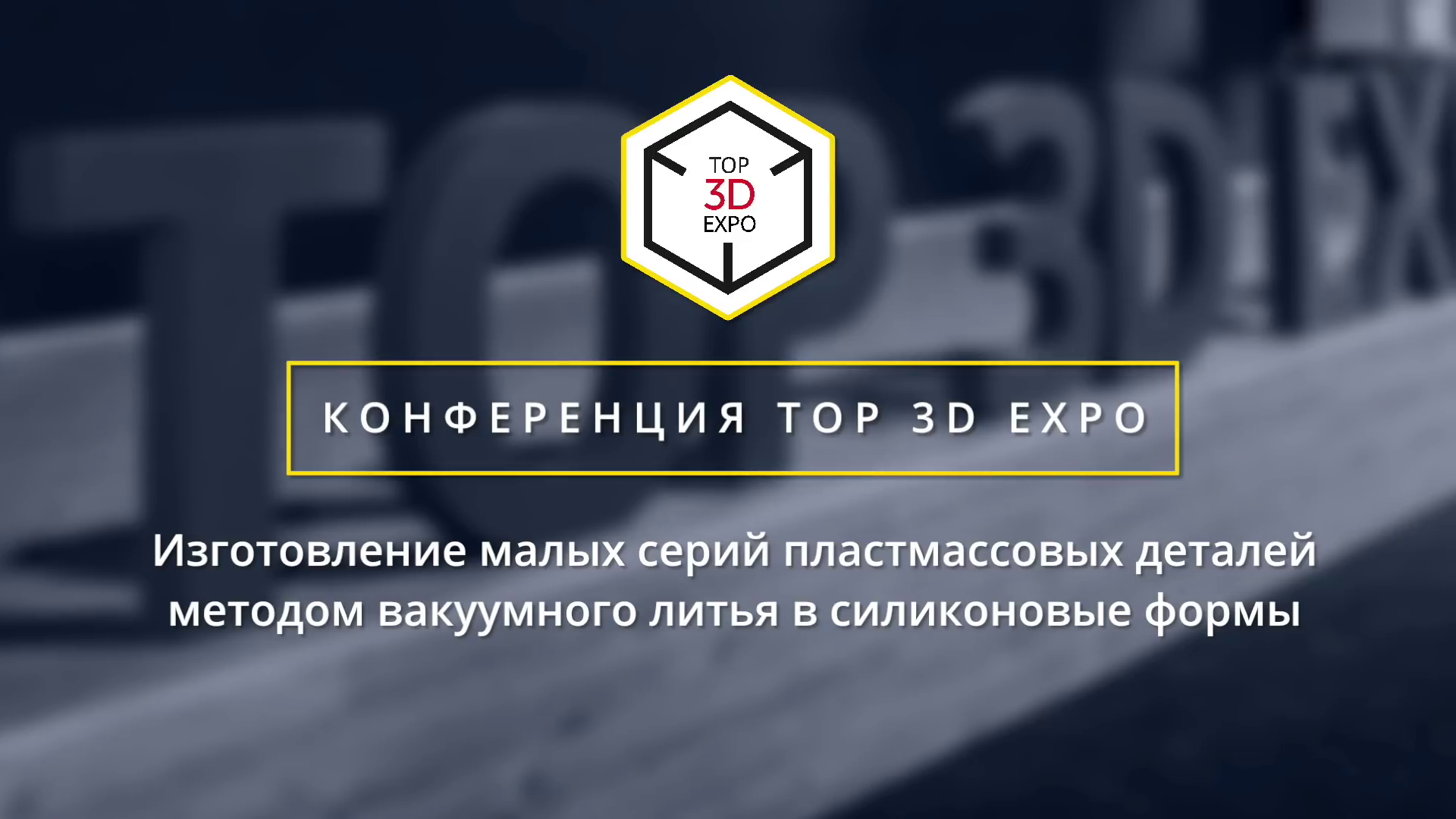
For those who could not visit Top 3D Expo , we talk about small-scale production of plastic parts using vacuum casting in silicone, the workshop on which was organized at the conference with the help of our friends from Foliplast .
Video
A small-scale plastic

production scheme. First, a 3D scan of the required part is performed, then a 3D model is created and, using one of the 3D printing methods, a prototype / master model is made, on the basis of which you can already get it using vacuum-molding systems and silicone tooling, a batch of finished polyurethane parts.
Purpose of vacuum casting technology

Currently, the serial production of all products in Russia is decreasing and is in the area of small / medium series. Thus, vacuum casting technology has become in demand for the production of such series.
Advantages of vacuum casting

The main advantage is a very short production time, after the creation of a 3D model, and the use of materials with different properties, including two-component polyurethanes, which mimic basic plastics and rubber. At the same time, the products do not have external differences and fully correspond to products made on a traditional injection molding machine (TPA) from a classic material, and are suitable for working out the technology. The surface texture depends on the prototype 3D printing technology. Accordingly, if you want to get the quality as after the TPA, then the prototype is necessary. In most cases, this is manual labor and for its reduction we use stereolithography technology in 3D printing of prototypes.
Equipment
We focused on two manufacturers of vacuum injection systems - the German company KLM and the Chinese company WINGS TECHNOLOGY. The table highlights in green the most basic / important parameters that you should pay attention to when selecting equipment. KLM
vacuum injection systems , Germany WINGS TECHNOLOGY


vacuum injection systems , China


Auxiliary equipment
In the manufacture of silicone molds and casting, they use auxiliary equipment - a heating cabinet (heating materials up to 40 degrees before pouring, polymerization at 60/70/80 degrees), a vacuum mixer (for making silicone equipment - simultaneous vacuuming and mixing of silicone, removal of air bubbles from silicone), silicone dispenser (automatic dosage and supply of silicone).
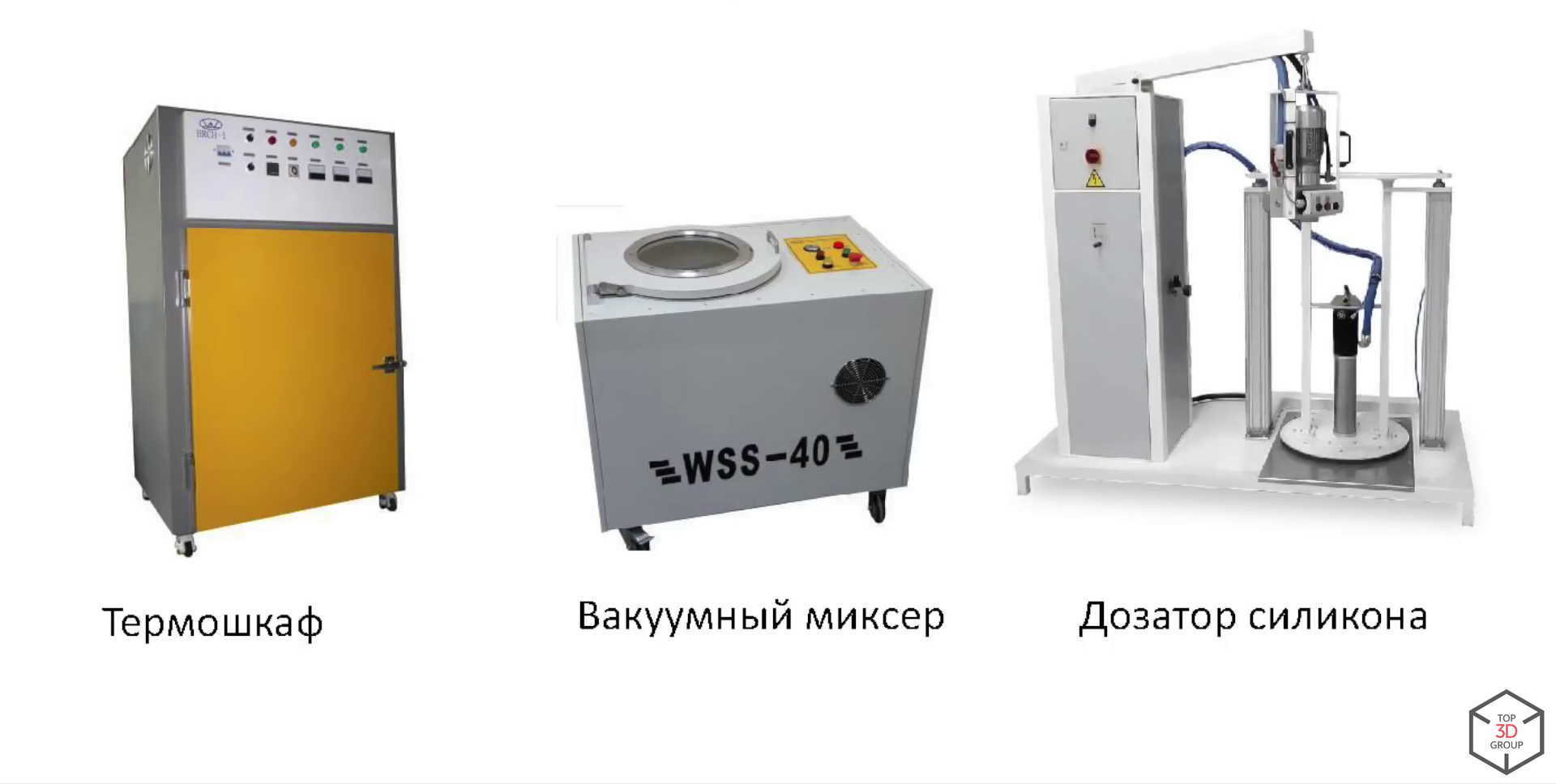
Materials
Polyurethanes and silicones for casting are used. There are quite a number of companies offering materials on the market, the main manufacturers are listed below.

Vacuum injection molding machine from the inside
The machine consists of the following main elements:
Vacuum cupboard. The design from stainless steel, extorts air from the working camera.

2. Injection system consisting of two cups, A and B, each for its component, as well as the feeding and mixing system.
The device of the injection system:
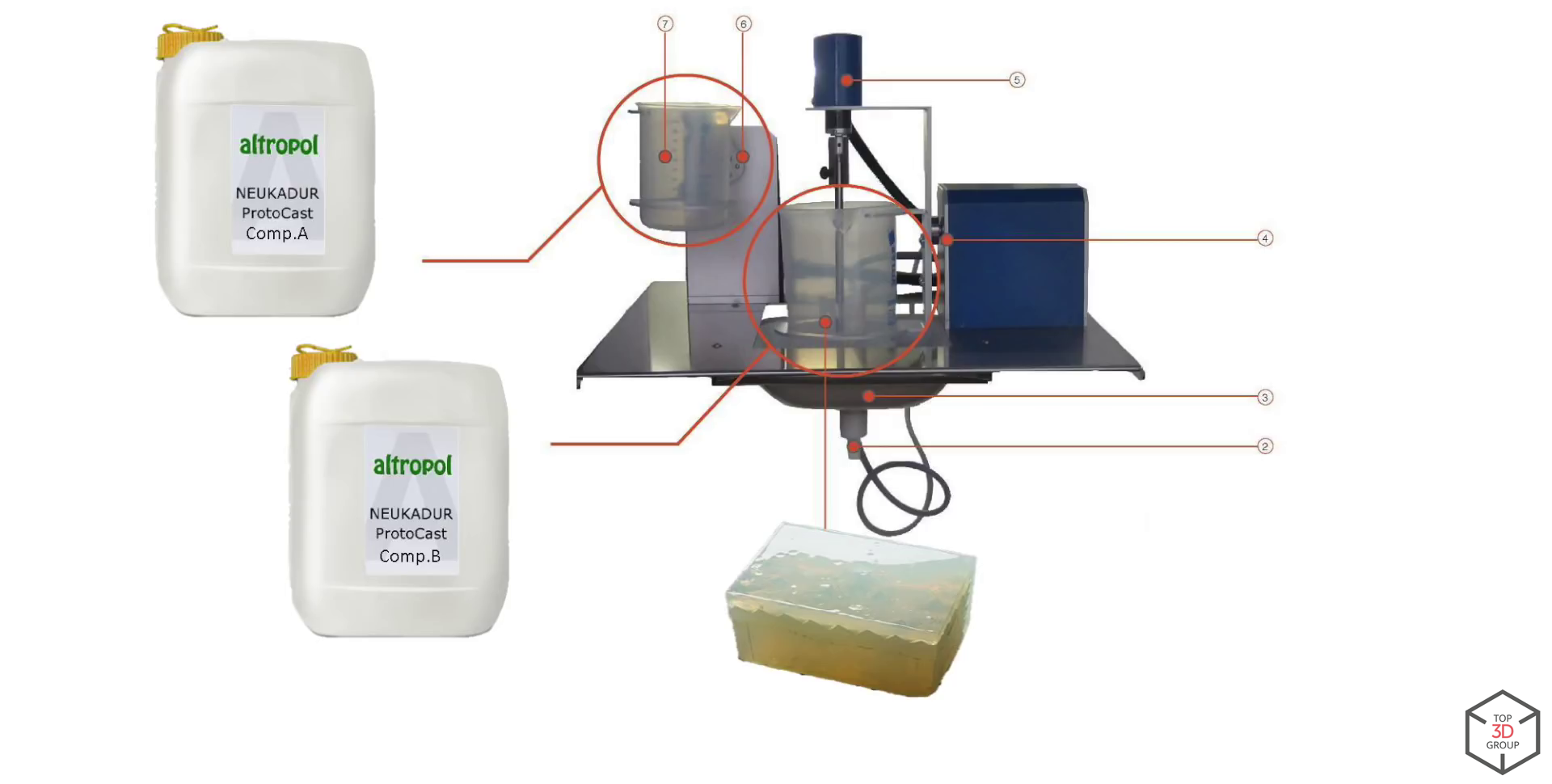
Technology The
technology of vacuum casting consists of the following main steps:
1. Master model, preparation:

2. Creating a connector line:
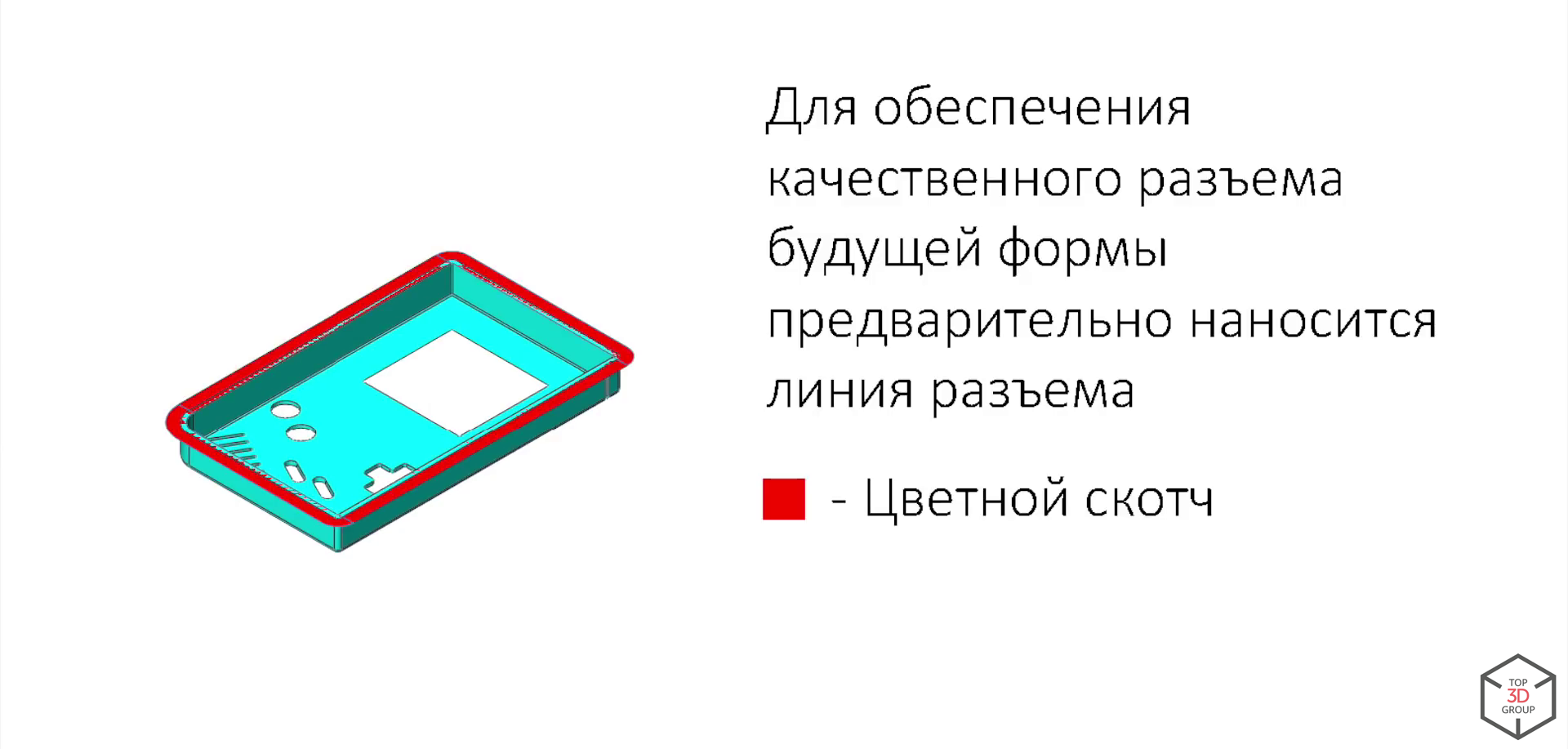

3. Casting system:
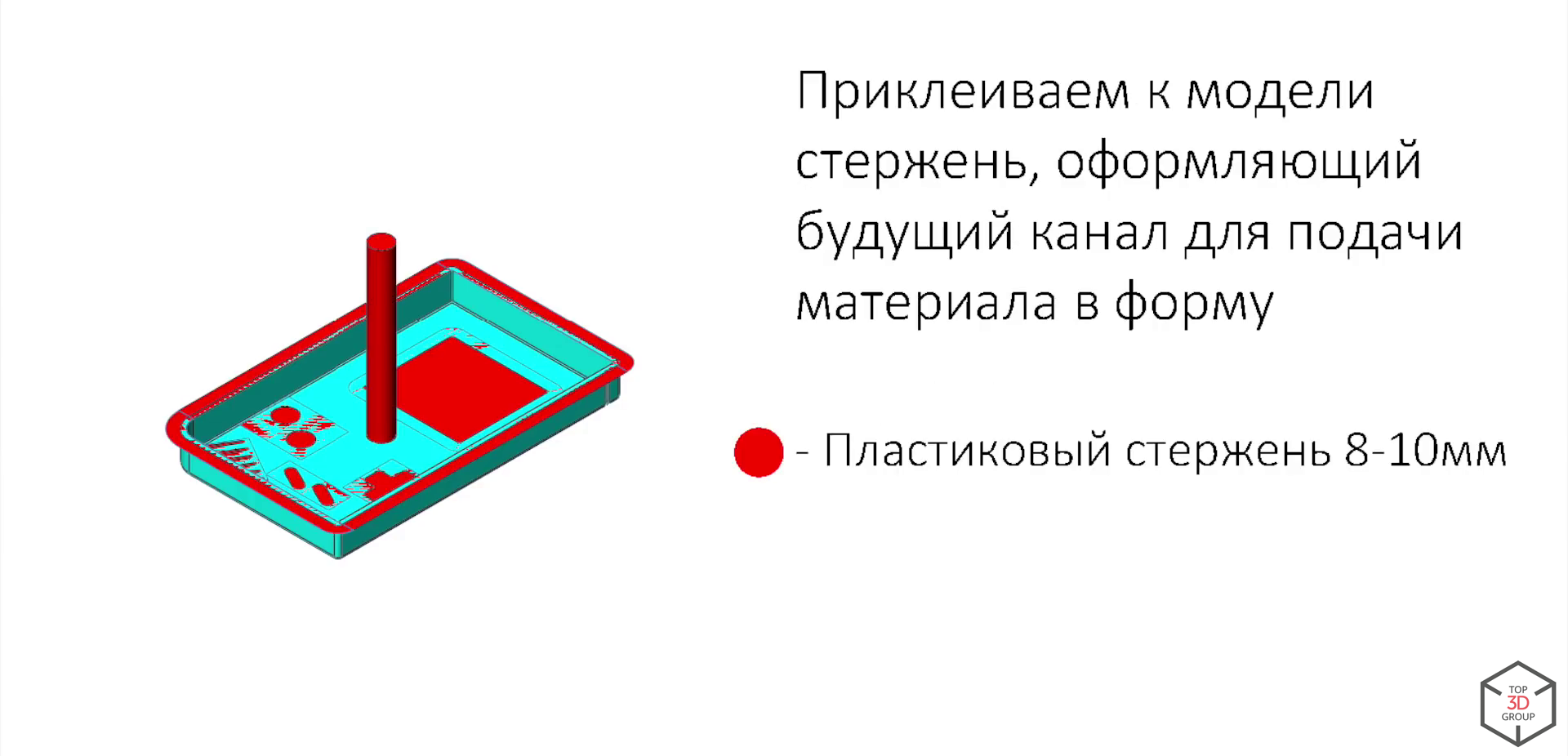
4. Container assembly:

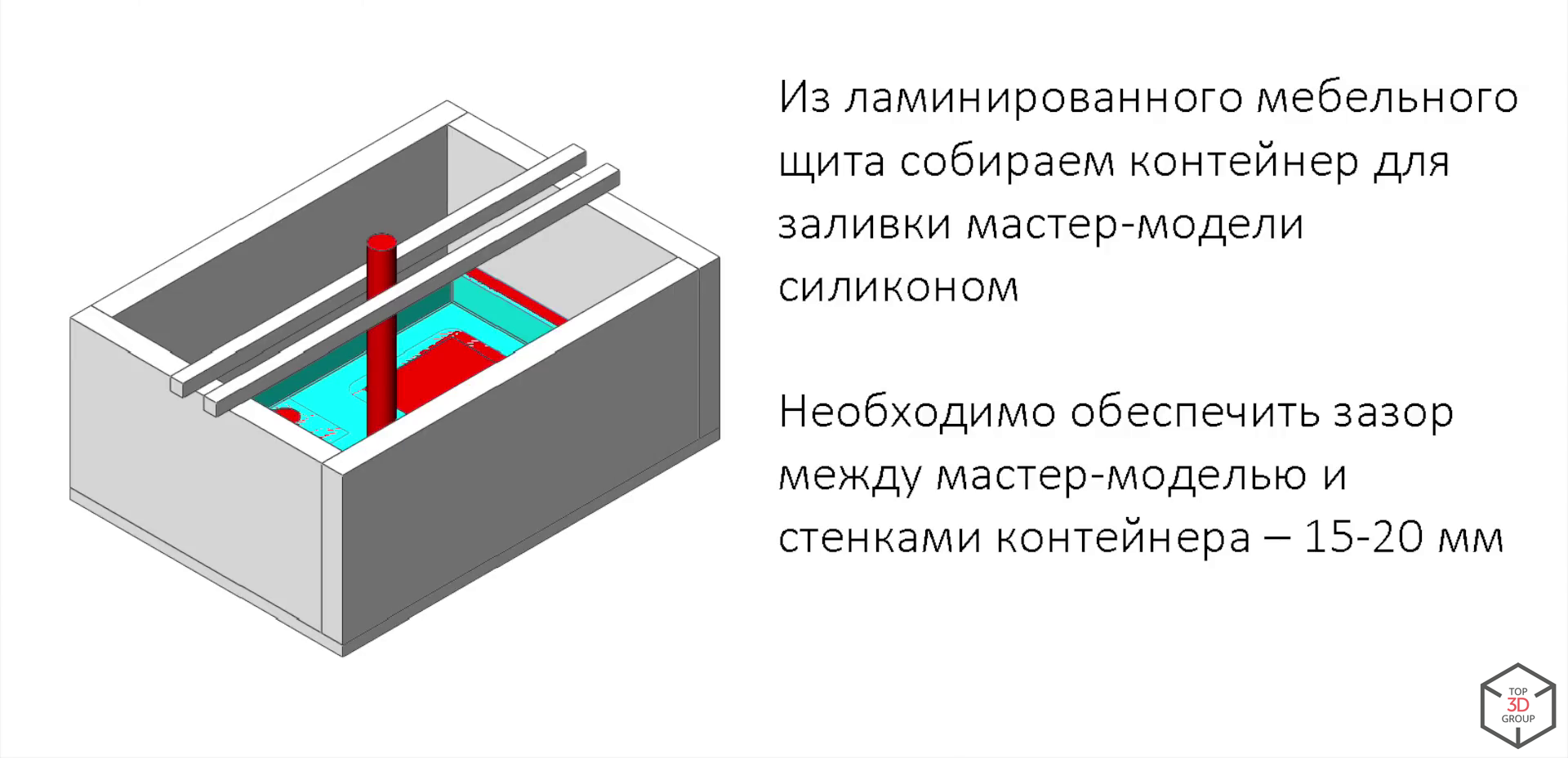
5. Silicone filling the master model
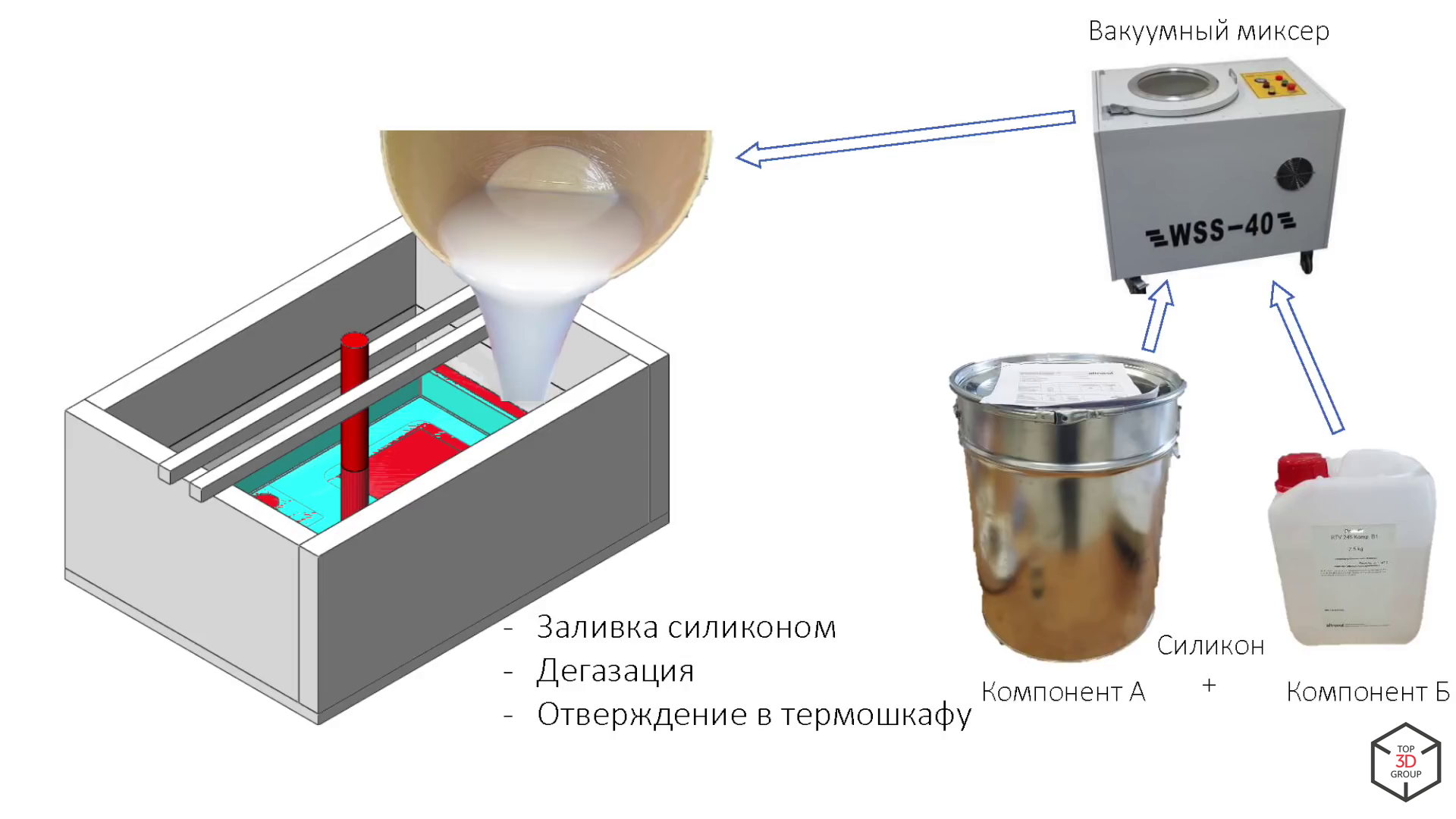
6. Container disassembly


7 . Cutting the form, removing the master model.

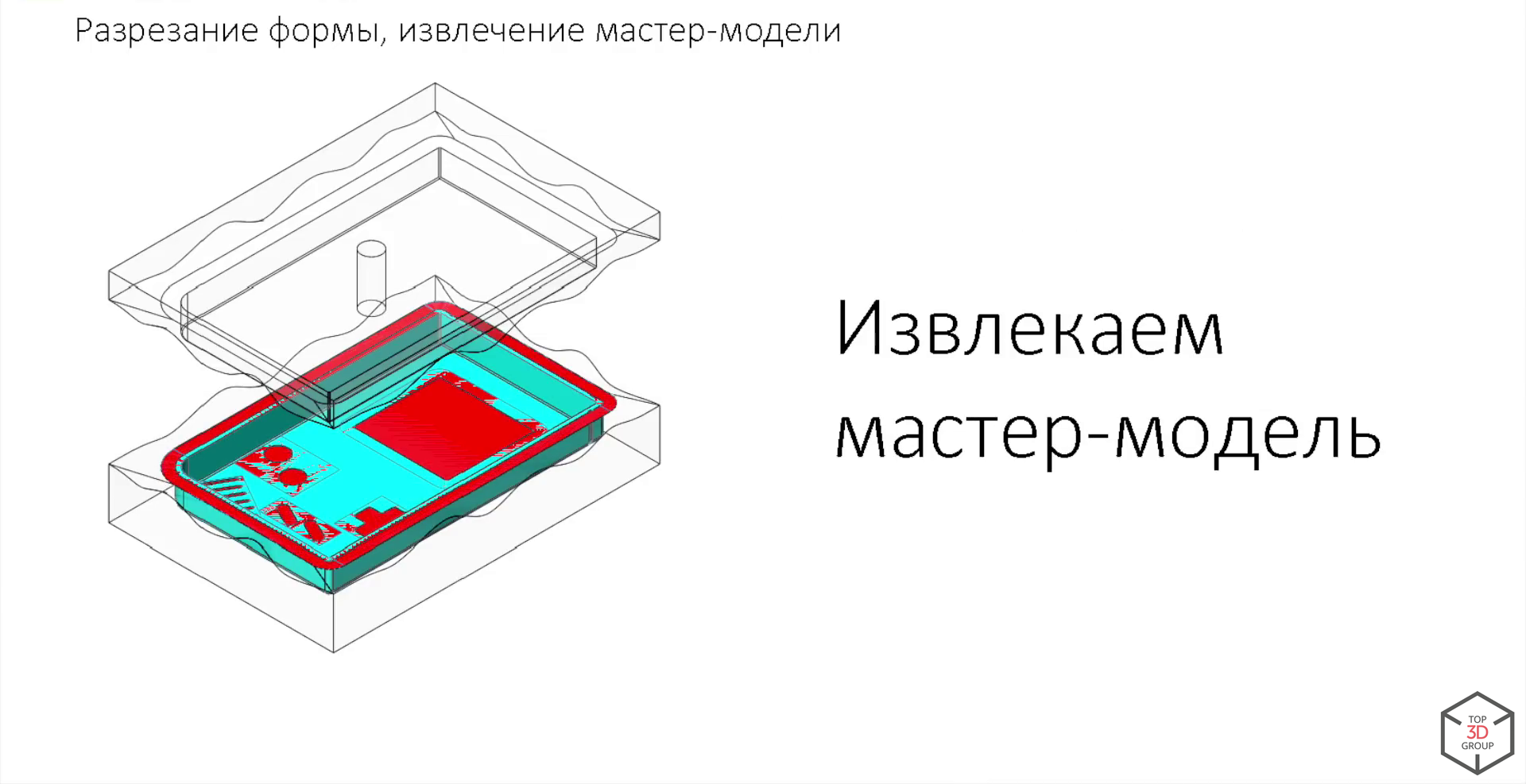

You must use vacuum to remove moisture from the components, otherwise the polyurethane may begin to boil. Practically non-shrinkable components are used. We can get 14 qualities of accuracy on products. So far, none of the types of 3D printing can offer such quality plastic products as vacuum casting for small or serial production. Starting from 3-5 products, it is more economical to use vacuum casting instead of 3D printing.
Demonstration of technology We
demonstrate the manufacture of products on a compact machine HVC-M.
In the thermal furnace we warm up the silicone form.
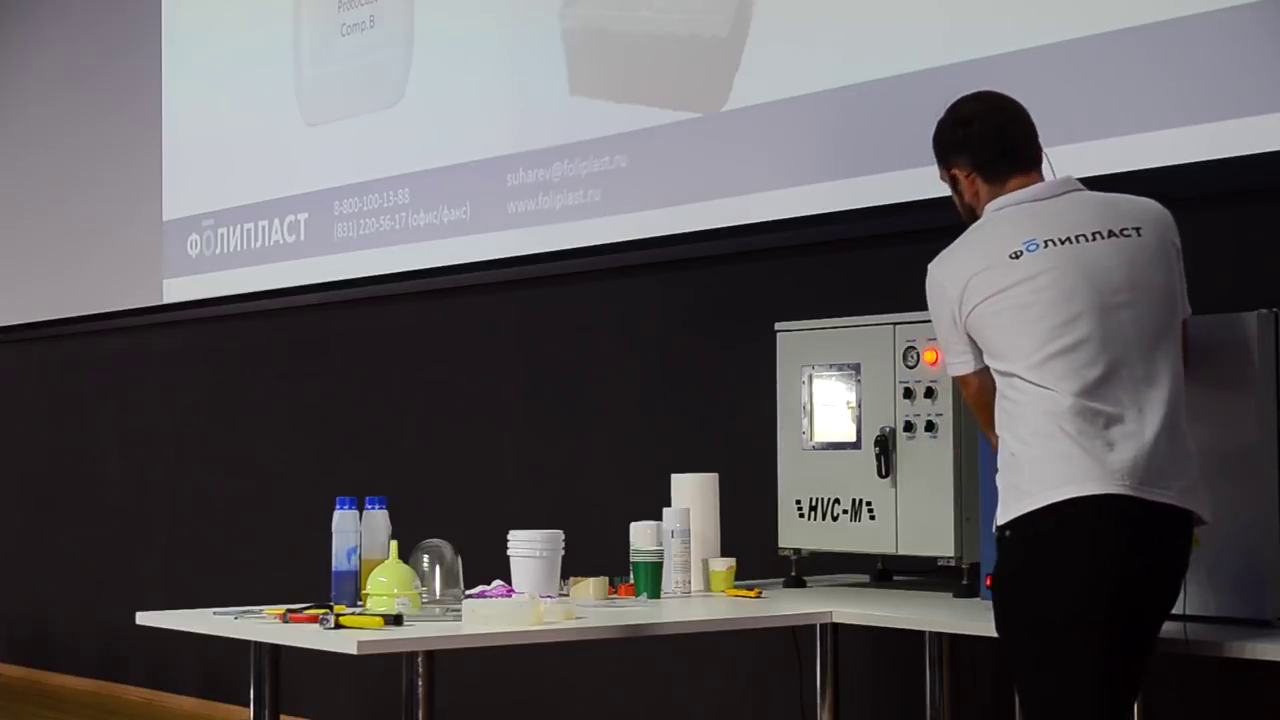
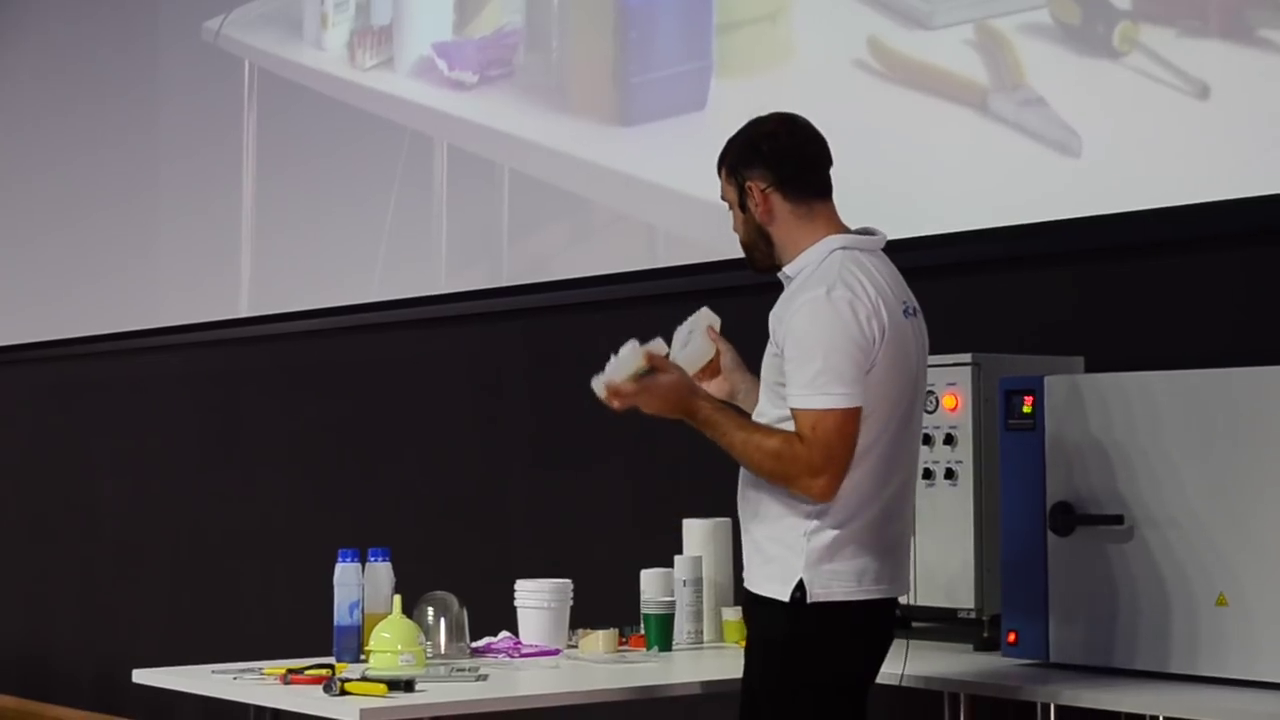
We process the silicone form with a release agent (silicone spray).

We lay in the form of metal rods to form sufficiently accurate holes on the product.

We assemble and fix the form with metal clips using a stapler. Durability of the form - about 25 cycles, you can increase the number of cycles to 50-70, if not so important geometric accuracy of the dimensions of products.


Apply scotch tape to prevent polyurethane from flowing out of the mold through the connector line.

Place the funnel.

We prepare the required number of necessary components (the weight of the fill is 120 grams - this requires 40 grams of component A and 80 grams of component B. We
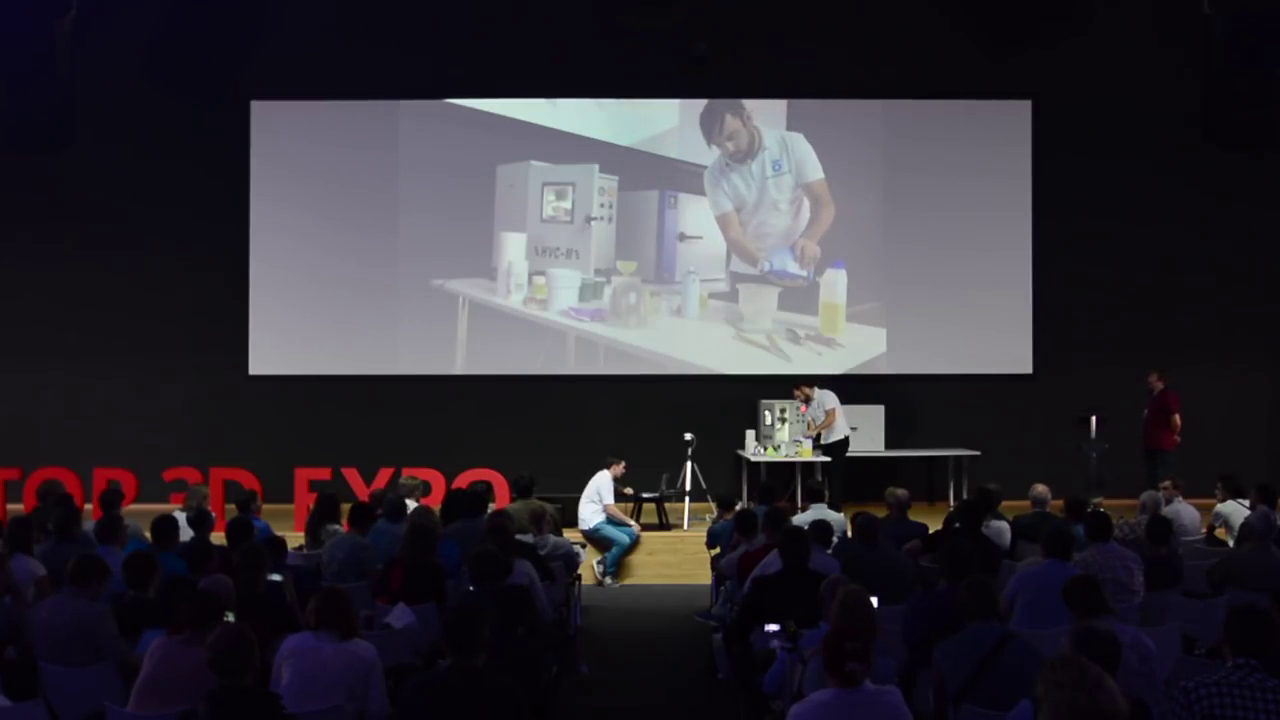
put the cup with component A in the chamber and mount the mixing paddle.

Prepare component B and lay the cup with the component in the chamber.


Close the chamber and turn on the vacuum (vacuuming lasts about 10 minutes).
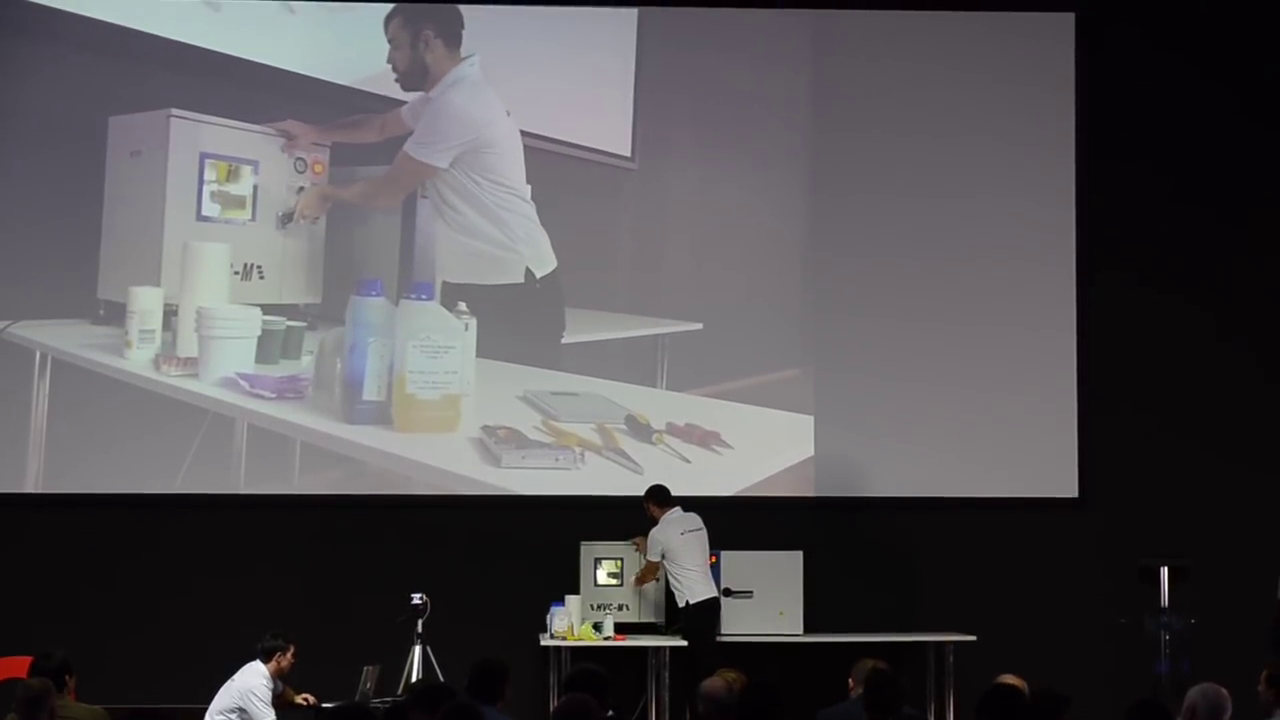
The preparation process has been completed. We make the mixing of the components and mark 2.5 minutes.
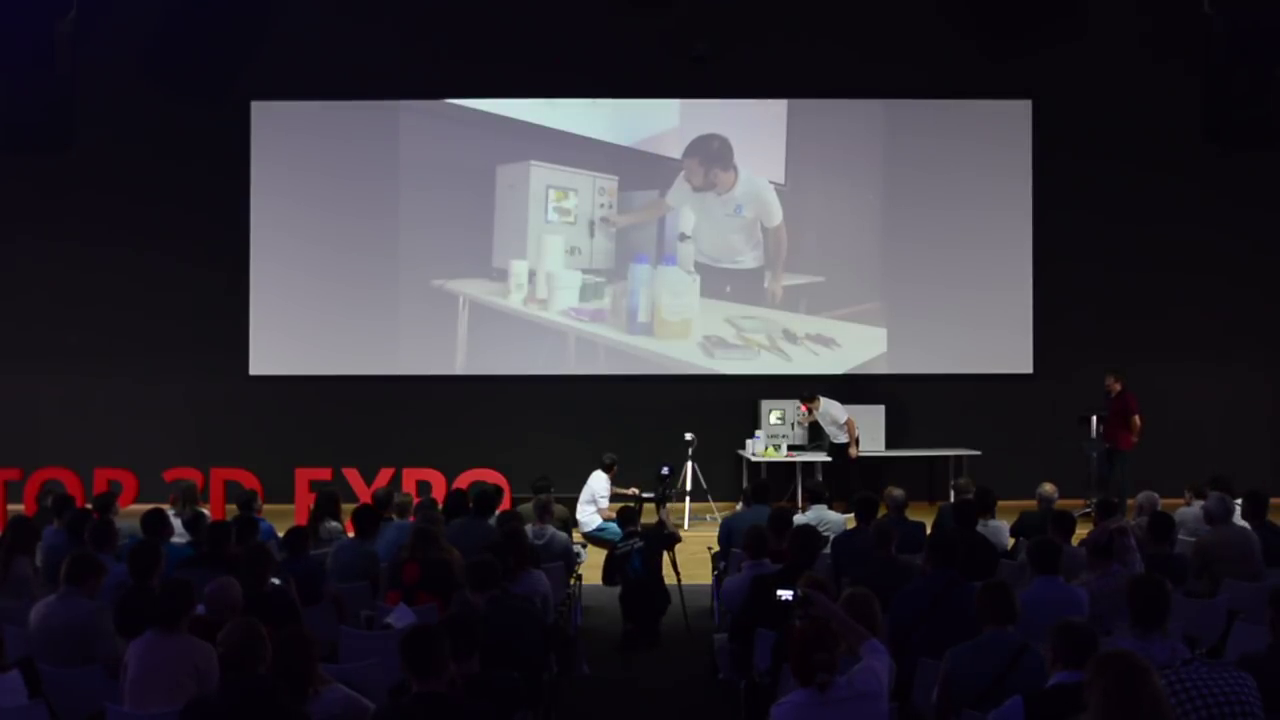
The mixture is ready for pouring into the mold. We turn the bowl with the component B downwards by turning the toggle switch and the components enter the mold through the funnel.

Turn off the vacuum and observe how the air leaves the mold, the components fill it.

Pumping air into the chamber.

The casting process is complete.

Open the vacuum cabinet and place the mold in a heating cabinet for subsequent polymerization, which takes about 30 minutes for this material.

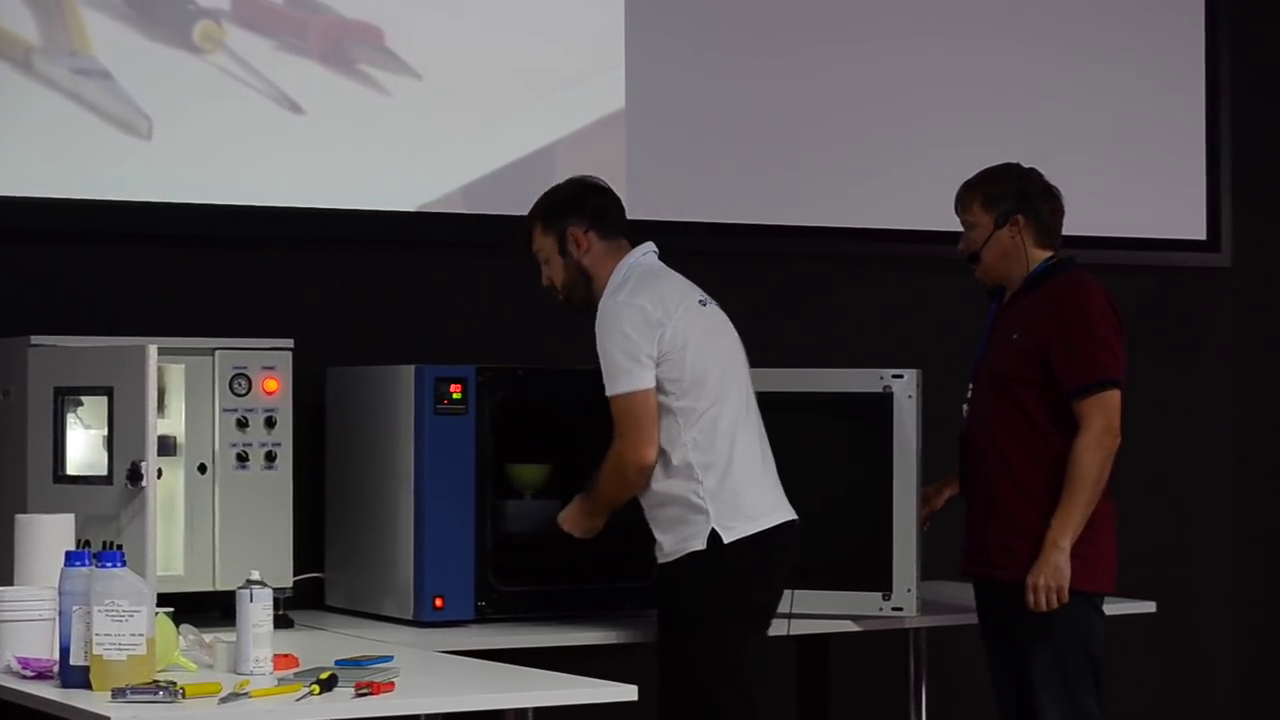
Our casting is ready. Ideally, it should be blown with cold air, as it is still elastic.

We received a functional finished product with the necessary surface texture, the color we needed, the necessary physical and mechanical properties, which remained to remove the burrs and the elements of the gating system.


Differences between classical and automated vacuum casting.
Classic vacuum casting

scheme. Automated vacuum casting scheme.

Currently, an automated vacuum casting scheme is widely used. Dosage, supply, preparation, evacuation of the mixture and pouring into the form occur automatically in a single node. Such a scheme makes it possible to shorten the fill cycle many times, that is - 4 minutes in the automatic version, versus 12 minutes in the classic one. The whole process is reduced by approximately 1.6 times.
Automated injection molding machines:
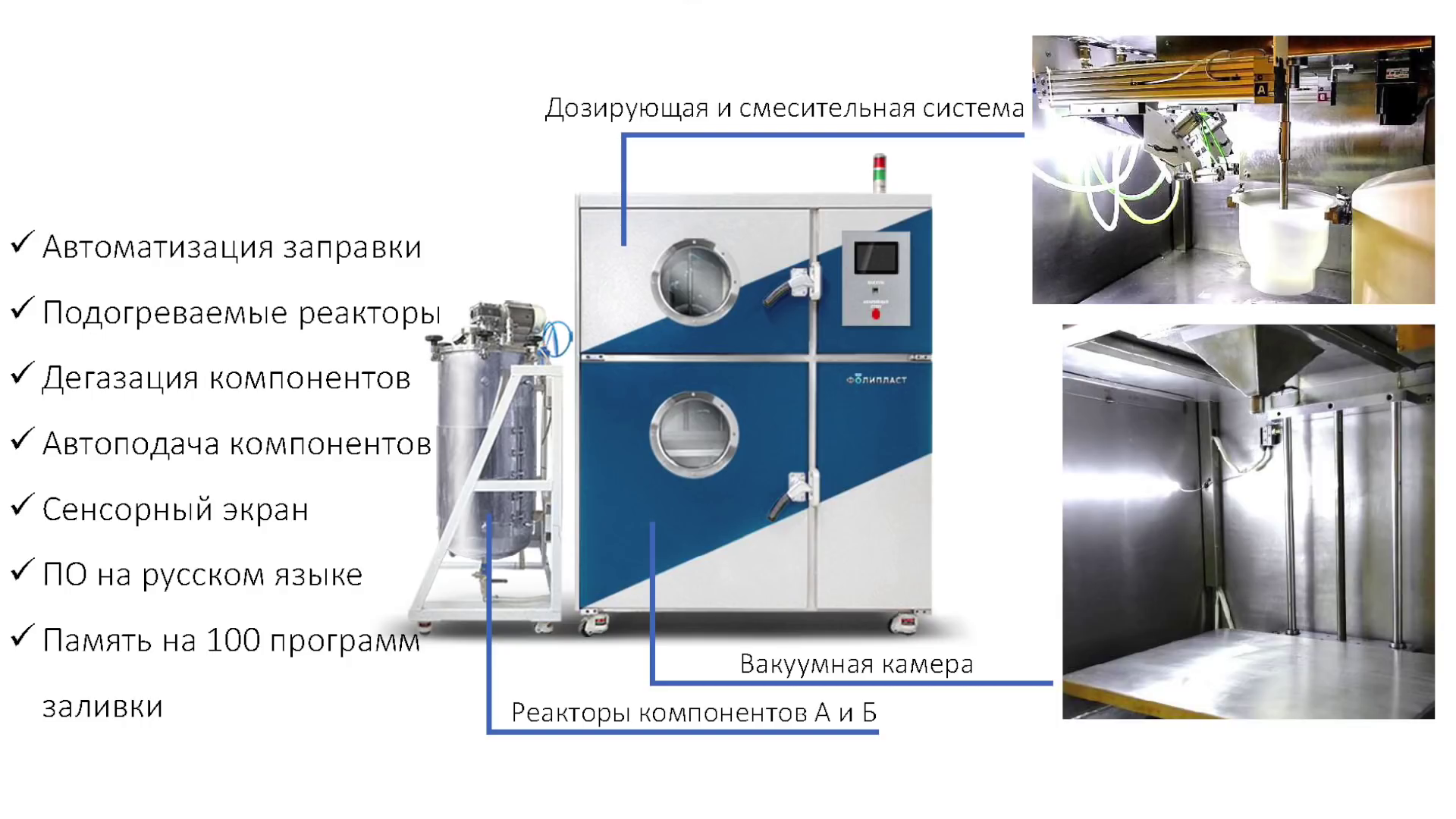
Fully automated vacuum casting line. There are no such lines in Russia yet, but you can order:

Automatic vacuum casting line diagram:

Vacuum molding of plastics in silicone is the best way to produce small and medium-sized batches of products, firmly taking its position between 3D printed prototyping and factory mass production and ensuring reasonable cost of products while maintaining high quality.
You can order piece and small-scale vacuum molding of plastic in silicone, as well as purchase equipment and materials for it in the Top 3D Shop - we will select the best option for any task.
